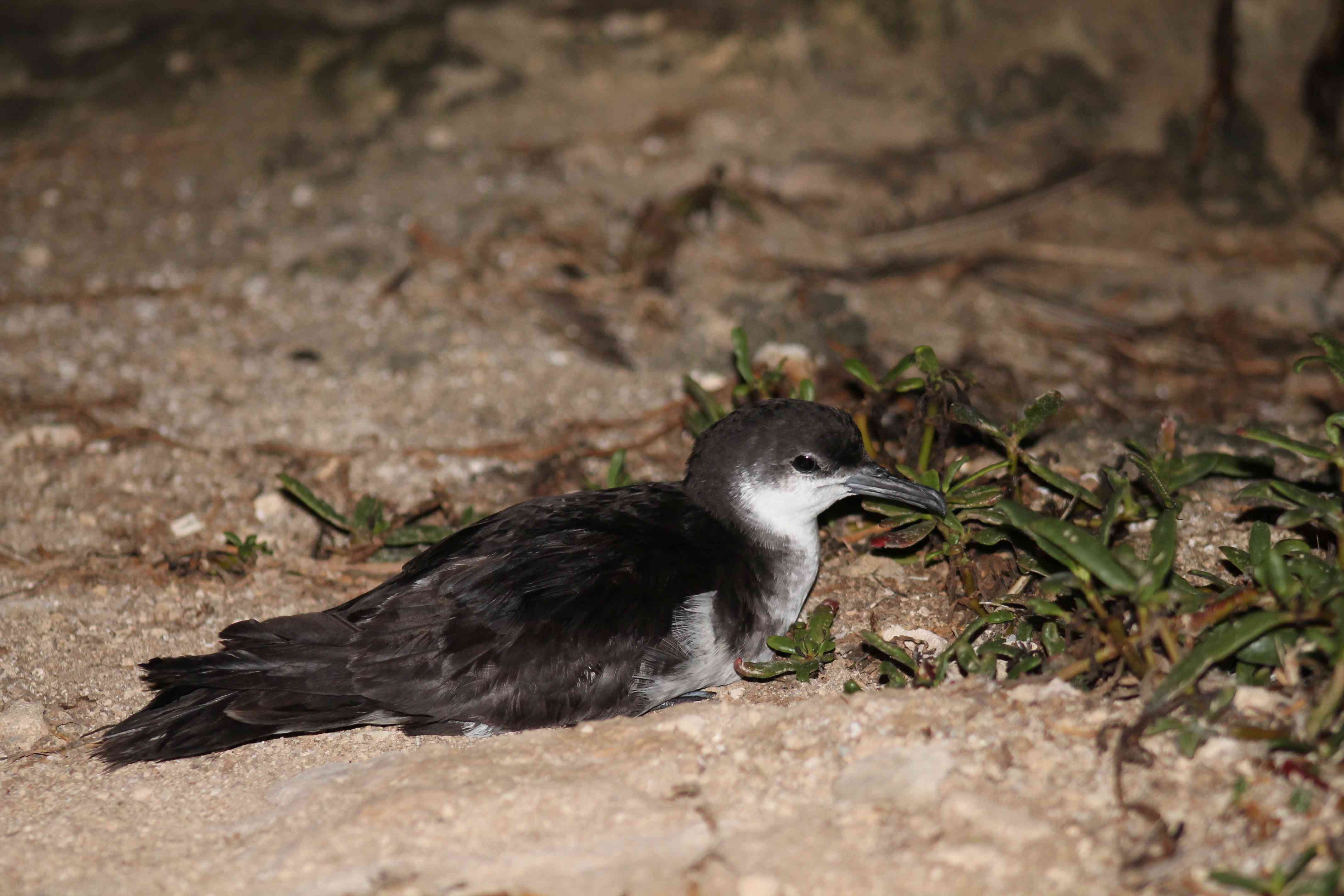Carine Precheur (CEBC, Université de La Rochelle, Villiers en Bois, France) and colleagues have published in the open-access journal Ecosphere on the relationships between signals of climate change and demography of the Audubon's Shearwater Puffinus lherminieri
The paper’s abstract follows:
“An understanding of how environmental changes affect life history traits and population dynamics is essential for predicting the effects of climate change, managing ecosystems, and determining how species and habitats can best be preserved. This applies particularly to seabirds, which, as top marine predators, are often considered as indicators of marine ecosystem changes. Most studies have so far been conducted in polar or temperate regions. However, important changes in the functioning of tropical marine ecosystems have been reported, but the responses of top predators remain poorly known. This study focused on a tropical seabird, Audubon's shearwater Puffinus lherminieri, analyzing the relationships between climate change and the survival of adults, nesting success, and population dynamics. The population studied breeds in Martinique, in the south of the Caribbean region, which is strongly influenced by the Amazon and Orinoco rivers. A data set for the period 1995 to 2014 was used to estimate the survival by age classes and breeding success and to determine which climate variables most affected demographic parameters. The population dynamics were modeled to predict the future population growth rates in response to climate change. The annual adult survival rate increased over the last 20 years, currently standing at 94% for adult birds more than 6 years old. Adult survival increased with sea surface temperature (SST) during the nonbreeding season as well as with Amazon River discharge, although the latter with a lag of 1 year. The effect of SST was explained by the positive relationship between SST and chlorophyll a during years of high discharge from the Amazon and Orinoco. The population decreased between 1995 and 2007 at a rate of 3% per year and then increased between 2008 and 2014 at a rate of 7% per year. The increase in adult survival observed should continue as temperatures increase in the future, and the population models predicted a stable or increasing population over the next 50 years (λ = 1.018). These results contrast with the negative effect of increasing SST on seabird populations found in temperate and polar regions, emphasizing the need to study the impact of climate change on tropical seabirds.”

Audubon's Shearwater, photograph by Carine Precheur
Click here for a recent ACAP Latest News item on Audubon’s Shearwater.
With thanks to Carine Precheur.
Reference:
Precheur, C., Barbraud, C., Martail, F., Mian, M., Nicolas, J.-C., Brithmer, R., Belfan, D., Conde, B. & Bretagnolle, V. 2016. Some like it hot: effect of environment on population dynamics of a small tropical seabird in the Caribbean region. Ecosphere 7. DOI: 10.1002/ecs2.1461.
John Cooper, ACAP Information Officer, 05 June 2017

 English
English  Français
Français  Español
Español